Teddy Pendergrass
The R&B star who overcame a devastating accident
Teddy Pendergrass
1950–2010
Teddy Pendergrass’ gravelly, seductive baritone was so alluring that during concerts, adoring women would toss stuffed teddy bears and intimate apparel at him. The first black male singer to record five consecutive platinum albums, Pendergrass was only 31 when a car accident left him a paraplegic. But he resumed singing and became a spokesman for the disabled.
The Week
Escape your echo chamber. Get the facts behind the news, plus analysis from multiple perspectives.

Sign up for The Week's Free Newsletters
From our morning news briefing to a weekly Good News Newsletter, get the best of The Week delivered directly to your inbox.
From our morning news briefing to a weekly Good News Newsletter, get the best of The Week delivered directly to your inbox.
Pendergrass, who grew up in North Philadelphia, was steeped in both gospel and soul music. “He was 2 when he first stood on a chair to sing at a storefront Holiness church,” said The New York Times. But he was also drawn to R&B and taught himself to play the drums. Dropping out of high school, he joined Harold Melvin and the Blue Notes, singing lead on such hits as the Grammy-nominated “If You Don’t Know Me by Now” (1972) and “Wake Up, Everybody” (1975). Following disputes over money, touring accommodations, and other issues, Pendergrass went solo in 1975.
He quickly established his own sexy persona, complete with “open button butterfly-collar shirts, gold medallions, and clingy pants,” said the Los Angeles Times. “With his bearded, gruff machismo, Pendergrass epitomized the 1970s suave black playboy.” In a series of “ladies only” concerts that typically started at midnight, Pendergrass would unleash a “rumbling, potent, vital” sound that crooned suggestively of boudoir ecstasies. In his 1979 hit “Turn Off the Lights,” for example, “he half sang, half whispered, Turn off the lights / Light a candle / Tonight I’m in a romantic mood, and then outlined his PG-13 plan for an evening of sensual pleasure.”
“On March 18, 1982, Pendergrass was driving his Rolls-Royce Silver Spirit on a winding road to a downtown Philadelphia nightclub when he careered into a metal guardrail and crashed into a tree,” said The Washington Post. He broke his neck and was paralyzed from the waist down. For months, he refused rehabilitation and contemplated suicide. “His recovery wasn’t helped by the fact that he was driving on a suspended license, or by rumors that drugs and alcohol played a role in the accident, or the fact that his passenger at the time was a transsexual nightclub entertainer.”
But “though the underlying power of his voice was diminished by his resulting breathing problems,” said USA Today, Pendergrass eventually began singing again. In 1985, he performed at the Live Aid Concert in Philadelphia, where he received a standing ovation. Pendergrass continued to produce albums and, 19 years after his accident, returned to the stage in 2001 with two sold-out shows in Atlantic City. In 1998 he founded a namesake charity to benefit and lobby for victims of spinal-cord injuries. Though many regarded Pendergrass as a tragic figure, he didn’t see it that way. “I haven’t seen a wall or hurdle yet that I haven’t been able to jump,” he said. “If I can’t jump it, I go through it.”
A free daily email with the biggest news stories of the day – and the best features from TheWeek.com
Pendergrass died of colon cancer; survivors include his mother, his second wife, and several children and stepchildren.
-
 Antibiotic resistance: the hidden danger on Ukraine’s frontlines
Antibiotic resistance: the hidden danger on Ukraine’s frontlinesUnder The Radar Threat is spreading beyond war zones to the ‘doorstep’ of western Europe
-
 ‘Capitalism: A Global History’ by Sven Beckert and ‘American Canto’ by Olivia Nuzzi
‘Capitalism: A Global History’ by Sven Beckert and ‘American Canto’ by Olivia NuzziFeature A consummate history of capitalism and a memoir from the journalist who fell in love with RFK Jr.
-
 Who will the new limits on student loans affect?
Who will the new limits on student loans affect?The Explainer The Trump administration is imposing new limits for federal student loans starting on July 1, 2026
-
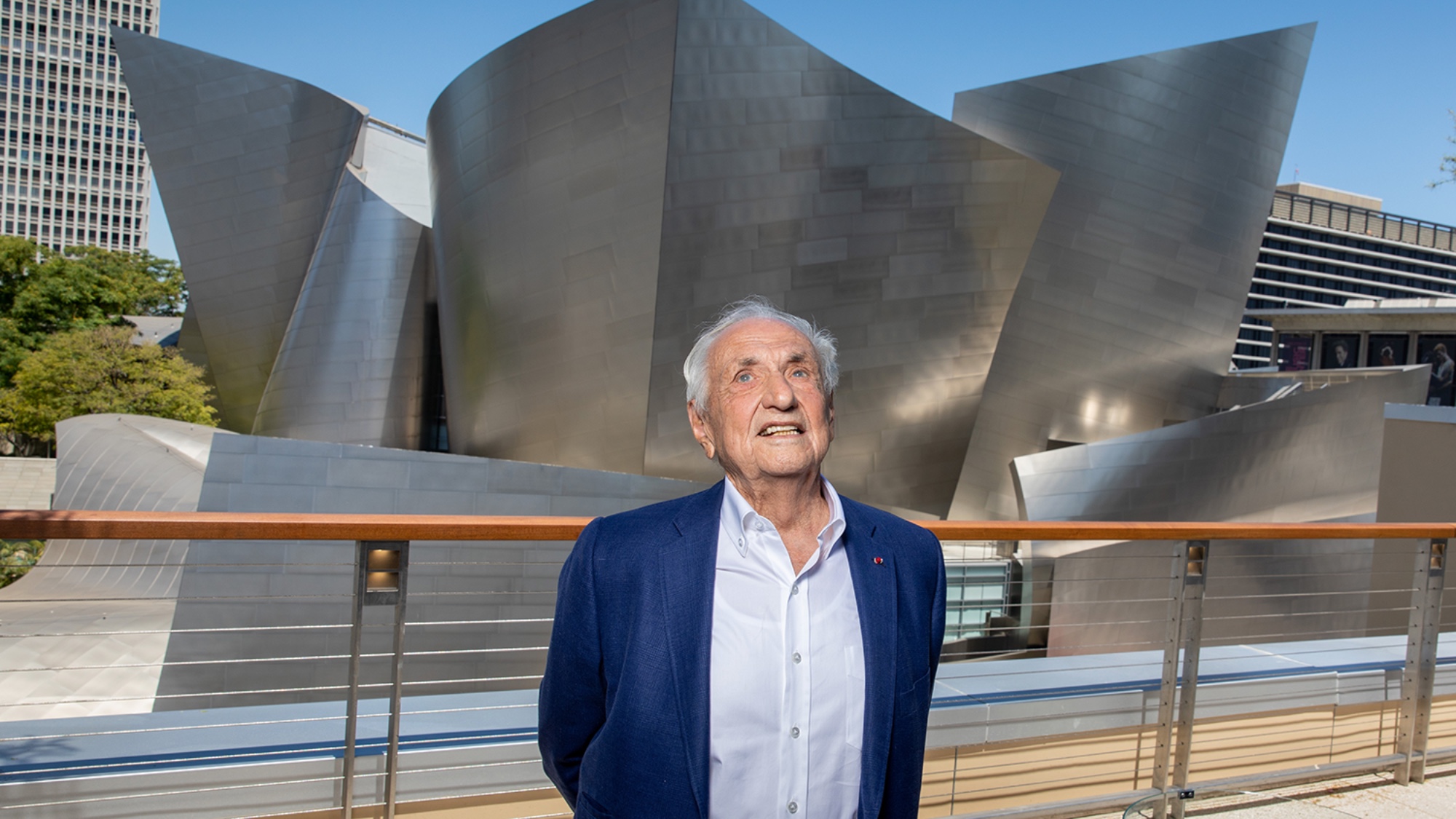 Frank Gehry: the architect who made buildings flow like water
Frank Gehry: the architect who made buildings flow like waterFeature The revered building master died at the age of 96
-
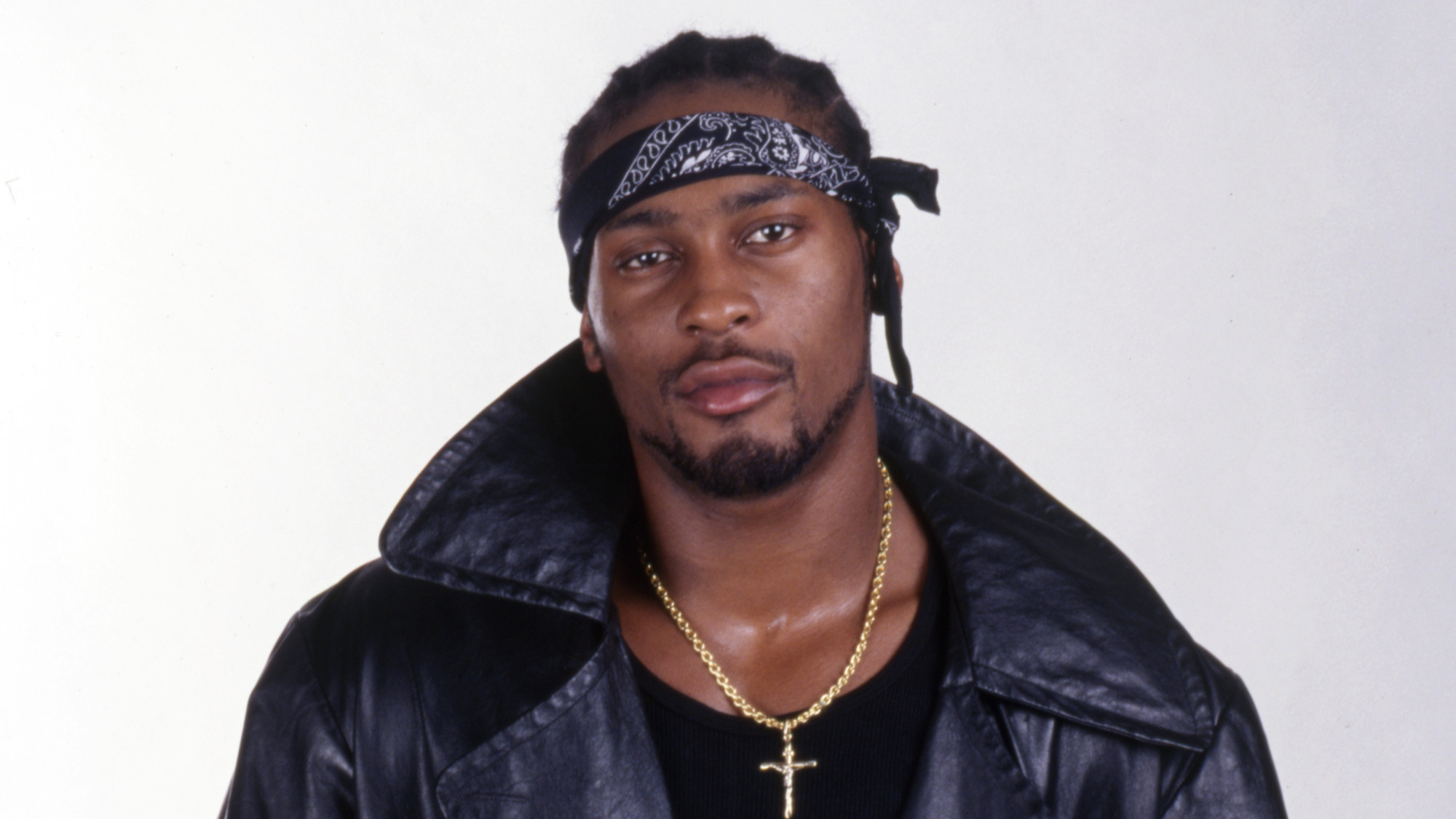 R&B singer D’Angelo
R&B singer D’AngeloFeature A reclusive visionary who transformed the genre
-
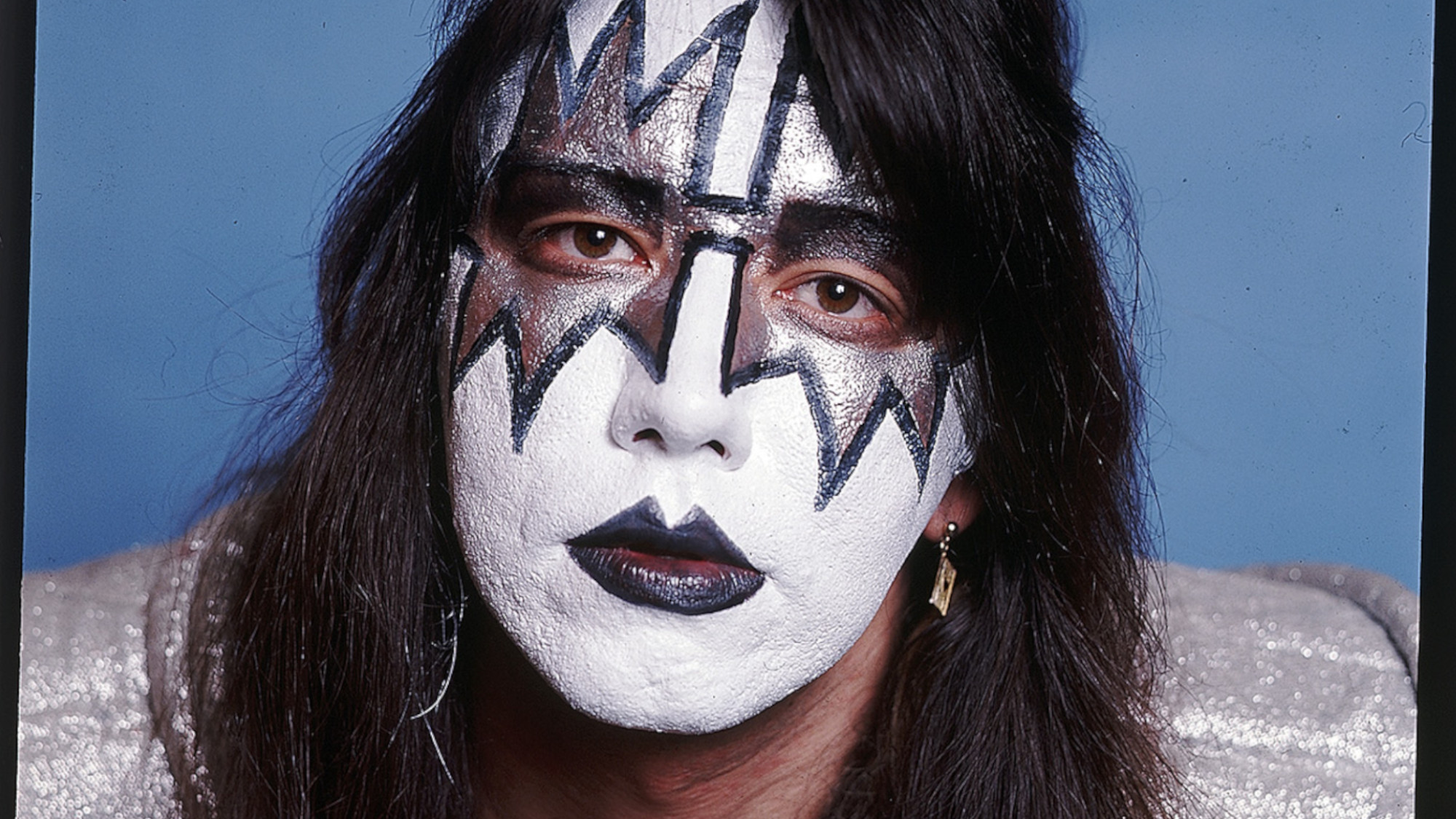 Kiss guitarist Ace Frehley
Kiss guitarist Ace FrehleyFeature The rocker who shot fireworks from his guitar
-
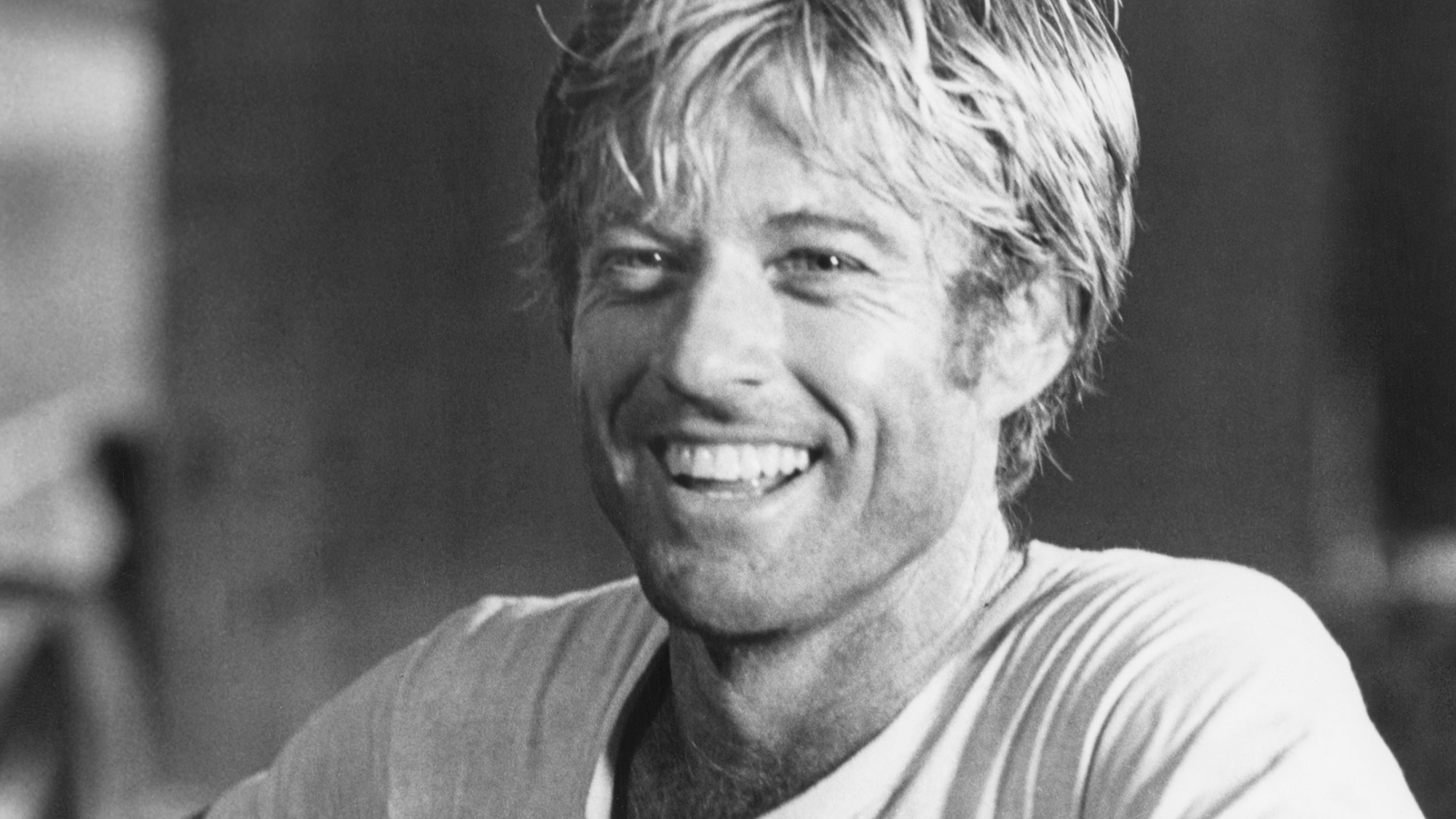 Robert Redford: the Hollywood icon who founded the Sundance Film Festival
Robert Redford: the Hollywood icon who founded the Sundance Film FestivalFeature Redford’s most lasting influence may have been as the man who ‘invigorated American independent cinema’ through Sundance
-
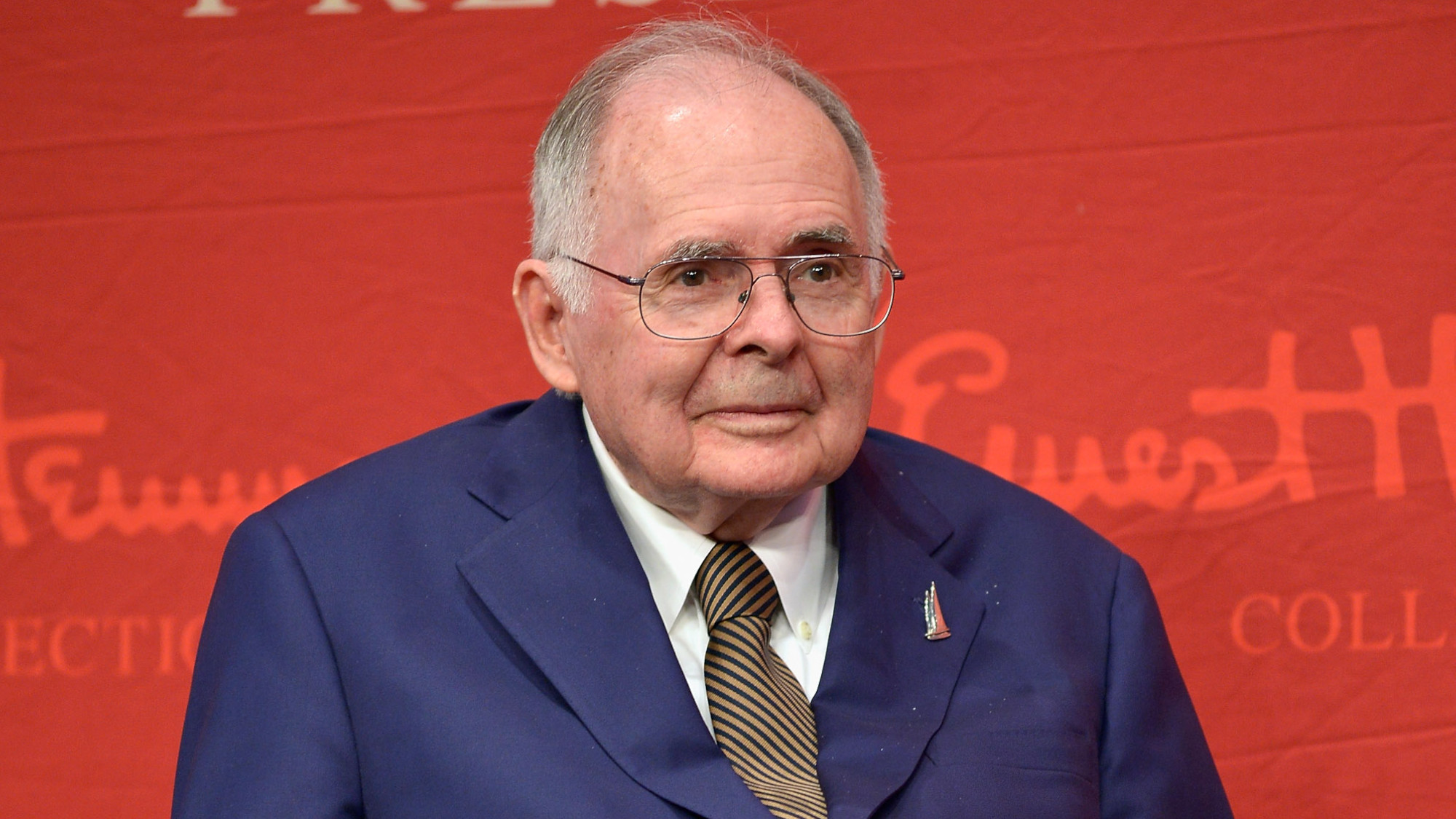 Patrick Hemingway: The Hemingway son who tended to his father’s legacy
Patrick Hemingway: The Hemingway son who tended to his father’s legacyFeature He was comfortable in the shadow of his famous father, Ernest Hemingway
-
 Giorgio Armani obituary: designer revolutionised the business of fashion
Giorgio Armani obituary: designer revolutionised the business of fashionIn the Spotlight ‘King Giorgio’ came from humble beginnings to become a titan of the fashion industry and redefine 20th-century clothing
-
 Ozzy Osbourne obituary: heavy metal wildman and lovable reality TV dad
Ozzy Osbourne obituary: heavy metal wildman and lovable reality TV dadIn the Spotlight For Osbourne, metal was 'not the music of hell but rather the music of Earth, not a fantasy but a survival guide'
-
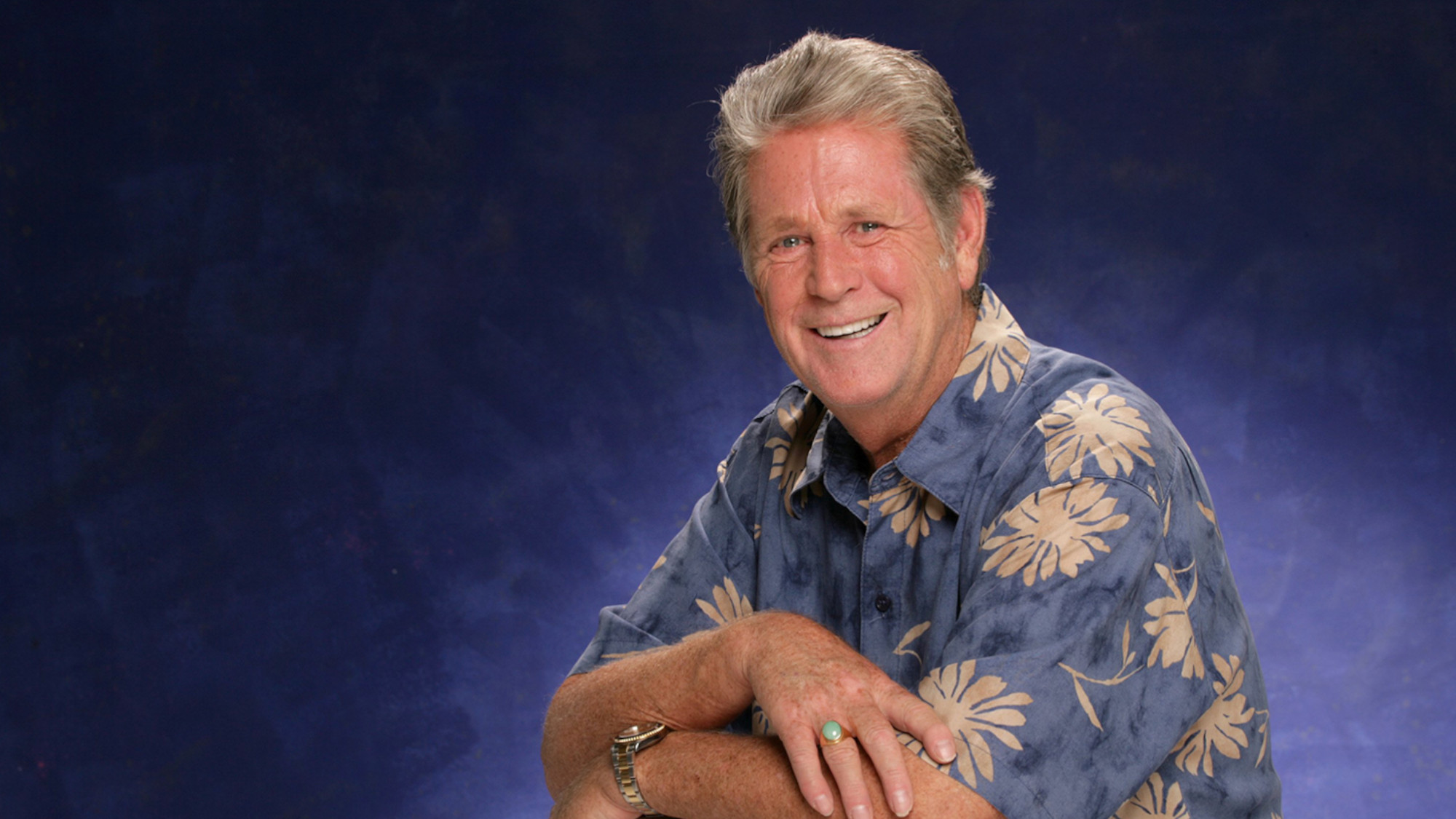 Brian Wilson: the troubled genius who powered the Beach Boys
Brian Wilson: the troubled genius who powered the Beach BoysFeature The musical giant passed away at 82